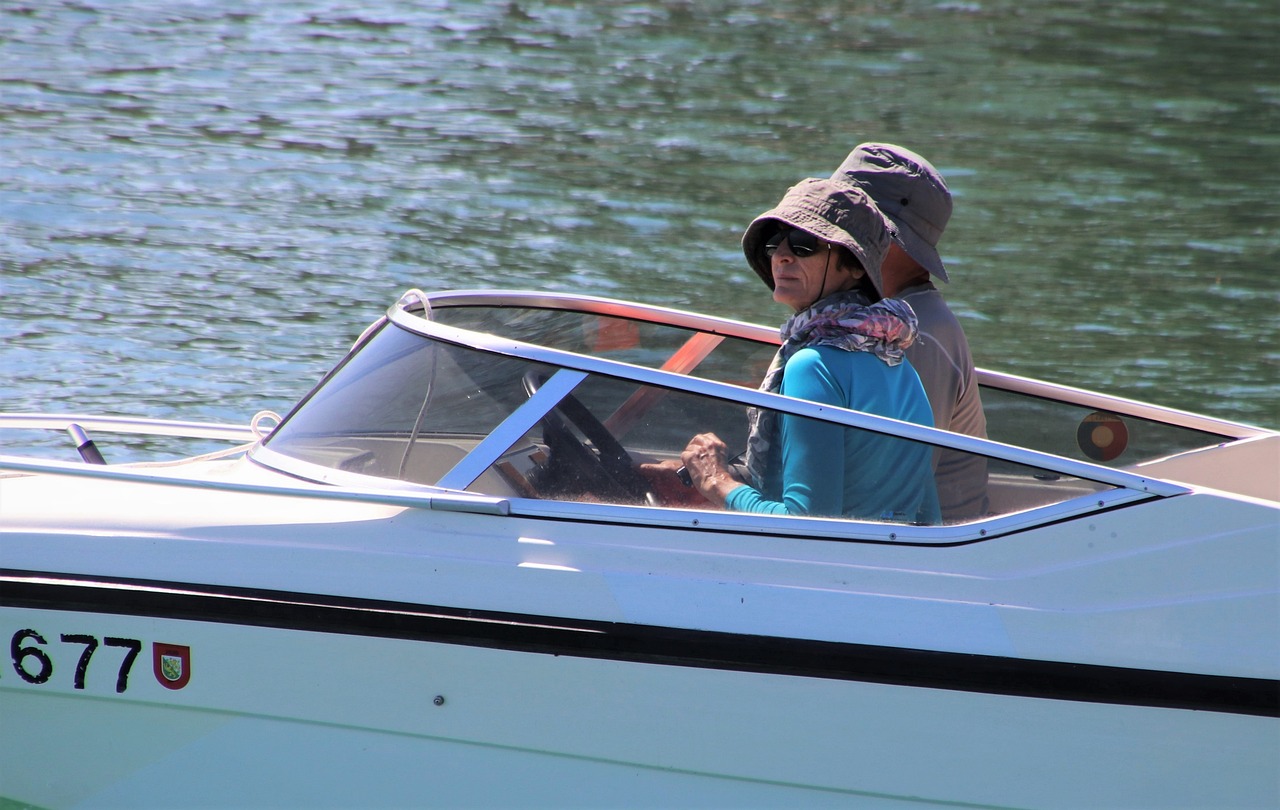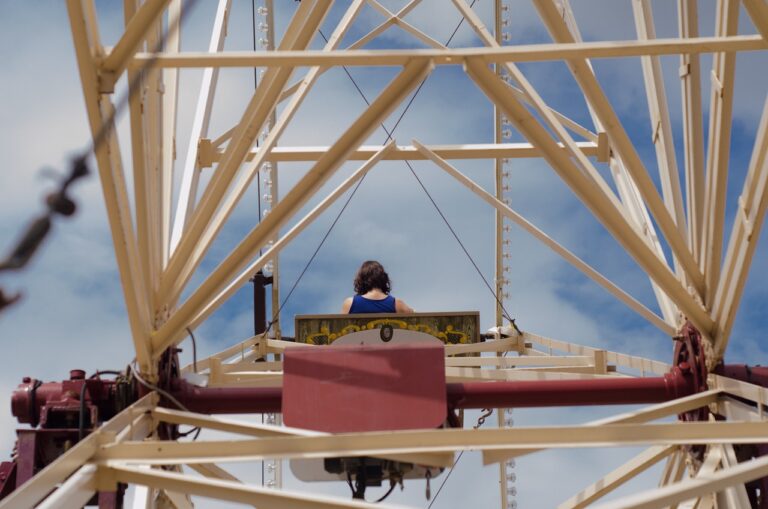Exploring the World of Immersive Art Installations: Technology and Creativity
Immersive art installations are gaining popularity worldwide as audiences seek more engaging and participatory experiences. These installations go beyond traditional forms of art by enveloping visitors in a multi-sensory environment that blurs the boundaries between the viewer and the artwork. Through the use of innovative techniques and technologies, artists are able to create immersive experiences that transport viewers to new worlds and perspectives.
The rise of immersive art installations can be attributed to a growing desire for meaningful and transformative experiences in an increasingly digital and disconnected world. By immersing viewers in a sensorial and interactive environment, these installations provide a space for introspection, exploration, and connection. As more artists and creators delve into the possibilities of immersive art, we can expect to see even more groundbreaking and boundary-pushing installations in the future.
• Immersive art installations are transforming the way audiences interact with art
• These installations create a unique and unforgettable experience for viewers
• Artists use innovative techniques and technologies to transport viewers to new worlds
• The rise of immersive art installations reflects a desire for meaningful experiences in today’s digital world
The Role of Technology in Immersive Art
Immersive art has experienced a significant transformation with the integration of technology. Artists are now leveraging various tools like virtual reality, augmented reality, and interactive projections to create engaging and interactive experiences for their audiences. Through the use of technology, artists can blur the lines between the physical and digital worlds, transporting viewers into a captivating realm of sights, sounds, and emotions.
The incorporation of technology in immersive art opens up a world of possibilities for artists to push the boundaries of traditional art forms. By combining digital elements with physical spaces, artists can create dynamic and multi-sensory installations that captivate and engage viewers in new ways. Technology not only allows for greater creativity and experimentation in the artistic process, but also enables artists to connect with a broader audience through digital platforms and online exhibitions.
Innovative Techniques in Immersive Art
In immersive art, artists are constantly pushing the boundaries of traditional techniques to create unforgettable experiences for viewers. One innovative technique involves the use of virtual reality to transport participants to otherworldly landscapes, allowing them to interact with the art in a whole new way. By merging physical and digital elements seamlessly, artists are able to engage all the senses and blur the lines between reality and imagination.
Another cutting-edge technique in immersive art is the integration of biometric sensors to customize the experience based on individual reactions. By tracking heart rate, body temperature, and other physiological responses, artists can adjust the artwork in real-time to evoke specific emotions or trigger personalized narratives. This level of interactivity not only deepens the connection between the viewer and the art but also opens up endless possibilities for creating truly immersive and personalized experiences.
What makes immersive art installations different from traditional art?
Immersive art installations engage multiple senses and create an interactive experience for the viewer, blurring the lines between the art piece and the observer.
How does technology enhance immersive art experiences?
Technology such as virtual reality, augmented reality, and interactive projections can create dynamic and transformative environments that immerse viewers in the artwork.
What are some innovative techniques used in immersive art?
Some innovative techniques include using soundscapes, responsive lighting, interactive elements, and 3D mapping to create immersive and engaging art experiences.
How can immersive art installations impact the viewer?
Immersive art installations can evoke strong emotional responses, prompt introspection, and create memorable experiences that engage the viewer on a deeper level than traditional art forms.
Are immersive art installations becoming more popular?
Yes, immersive art installations have been on the rise in recent years as artists and audiences seek out new and innovative ways to experience and interact with art.







